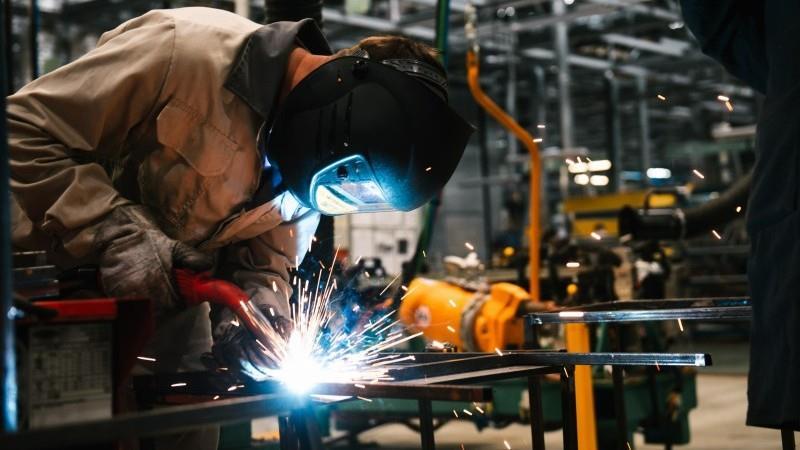
Russia: Industry shows signs of recovery
Russian industrial output drop narrowed from -9.4-9.6% year-on-year seen in May-June to -8.0% YoY in July. While this result is in line with the concentrated consensus of -7.9%, we still take the result as positive for the following reasons:
- The improvement comes despite the adverse calendar effect, as July 2020 had 1 working day fewer than a year ago, as opposed to June 2020, which had the opposite situation. Workday effect normally reduces the output in regular manufacturing sectors.
- It also goes against the deterioration in the manufacturing PMI reading for July. That, combined with the said calendar effect were the primary reasons why we did not exclude a double-digit drop for July.
- The structure of industrial output suggests that the July improvement was observed in a broad list of both consumer-focused and intermediary/investment manufacturing segments, including apparel, furniture, pulp & paper, chemicals, metals, machinery, as well car manufacturing. The segments that contributed negatively include food and pharmaceuticals, following a spike in the previous months. The commodity extraction sector showed no improvement (with the exception for metals) given the OPEC+ constraints on oil output, which were still in place in July, but were somewhat relaxed since August.
The fiscal stimulus could have been a contributor to the improved industry dynamic, given the pick-up in budget spending from 26% YoY in 1H20 to 37% YoY in July, mainly thanks to the 46% YoY spike in state support to businesses (as opposed to the previous couple of months, when acceleration in the state spending was driven mainly by the social support). In 7M20, the budget deficit has nearly doubled to RUB1.5 trillion, and according to our estimates is on track to reach around RUB5.0 trillion in 2020 on both higher spending and a decline in oil and non-oil revenues. Meanwhile, the spending growth rates are close to their peak, in our view.
Further recovery expected in 2H20The 4.2% YoY drop in industrial output for 7M20 is in line with our -4.5% expectations for the full year. In the near term the industrial output should be supported by the relaxation of the OPEC+ restrictions since August, and the continuing fiscal stimulus. Meanwhile, in the longer run, the fiscal support factor is likely to fade, which will make the question of overall recovery in demand more acute. We are looking forward to the household income and spending data, as well as banking statistics, to be released this Thursday, as the next important piece of evidence.

Legal Disclaimer:
MENAFN provides the
information “as is” without warranty of any kind. We do not accept
any responsibility or liability for the accuracy, content, images,
videos, licenses, completeness, legality, or reliability of the information
contained in this article. If you have any complaints or copyright
issues related to this article, kindly contact the provider above.


















Comments
No comment